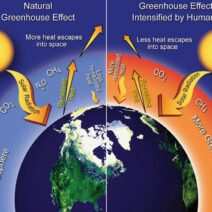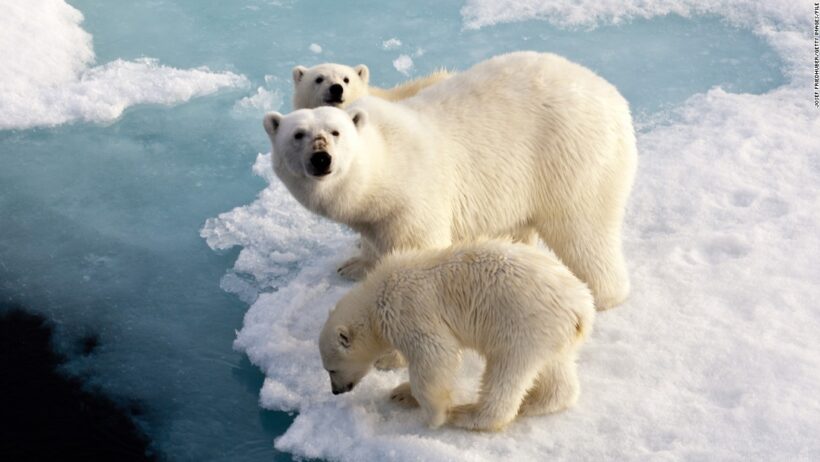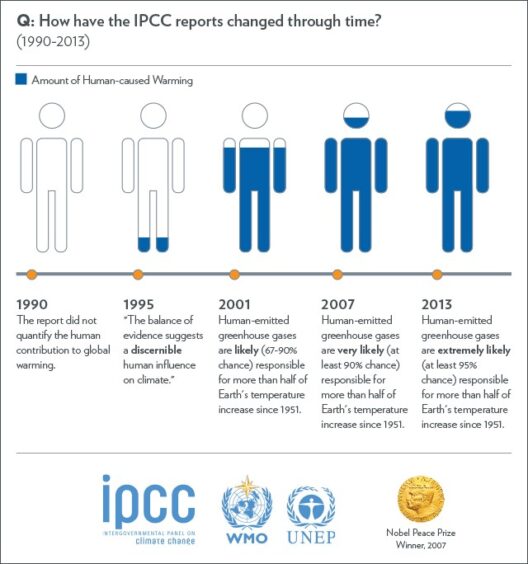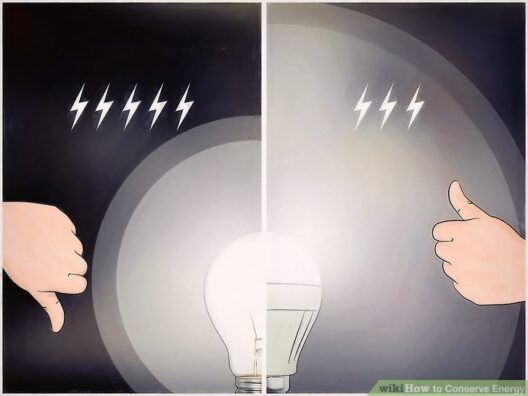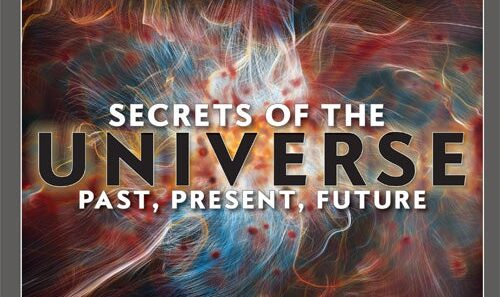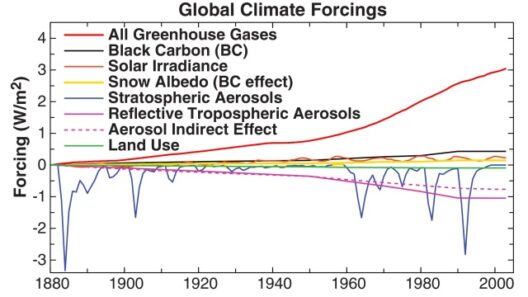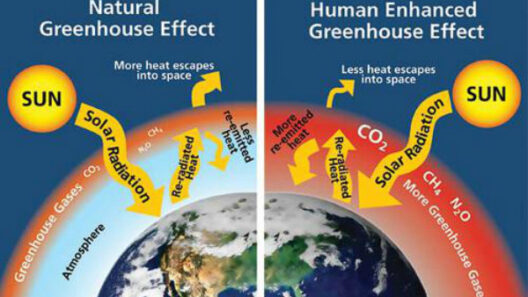In recent years, the phenomenon of global warming has pervaded discussions on climate change, but one of its most salient impacts is the alteration of freezing temperatures. As we grapple with rising global temperatures, the chilling paradox is that places once characterized by frost and snow are witnessing a precipitous decline in cold spells. This transformation not only raises concerns about ecological balance but also elicits a sense of fascination as we ponder the intricate implications for biodiversity, human habitation, and our planet’s future.
The first and perhaps most apparent observation is the reduction in the frequency and duration of cold weather events. Historical data reveals that regions traditionally enveloped in icy winter landscapes are experiencing milder winters. This rising thermal anomaly can be attributed to the overarching increase in average global temperatures, driven primarily by anthropogenic emissions of greenhouse gases. As the planet warms, cold air masses that once flowed unimpeded through these regions are curtailed, leading to a diminishment of the freezing conditions necessary for winter phenomena to flourish.
The consequences of this warming trend extend beyond mere discomfort for those residing in cooler climates. The repercussions on ecosystems are manifold. Cold temperatures act as a crucial regulatory mechanism for many species. For instance, certain plants and animals have adapted to seasonal temperature patterns that dictate breeding cycles, food availability, and hibernation behaviors. The absence of consistent cold spells disrupts these cycles, leading to mismatched timing that could threaten local populations. In particular, species that rely on snow cover for insulation or as a hunting ground face existential threats as their habitats become increasingly inhospitable.
This phenomenon is not limited to flora and fauna. As freezing temperatures become less prevalent, the delicate balance of freshwater ecosystems is also at stake. Lakes and rivers are less likely to freeze over, impacting aquatic life that relies on winter freezes for oxygen production. For example, ice cover acts as a protective barrier allowing certain species to thrive below the surface while limiting predation. The loss of this protective layer can result in increased fish mortality, altering food webs and diminishing biodiversity in freshwater systems.
The implications of warming temperatures extend to human activities as well. Agriculture, reliant on predictable seasonal patterns, faces challenges when winters do not comply with historical norms. Crop cycles become uncertain, leading to reduced yields for cold-weather crops such as wheat and barley. Farmers are left grappling with a dilemma: adapt to the changing climate by altering planting schedules and crop choices or risk dwindling harvests. Moreover, the increasing unpredictability of weather patterns complicates water management strategies crucial for irrigation and livestock care.
Another facet of global warming’s impact on freezing temperatures is the shifting geography of winter tourism. Regions that once attracted tourists with their frosty allure are now experiencing the ramifications of warmer winters. Ski resorts and winter sports destinations grapple with shorter seasons and diminished snowfall, forcing many to adapt or risk economic decline. This shift not only affects local economies but also alters cultural practices associated with winter recreation, from skiing traditions to festive winter markets.
Furthermore, the interdependencies between climate and health are worth examining. Rising temperatures can exacerbate respiratory ailments due to the increase in allergens and pollutants resulting from prolonged warm weather. The relationship between cold weather and certain virus prevalence is well-documented; as cold snaps become less prevalent, diseases that thrive in milder temperatures may proliferate. This alarming trend could lead to an increase in public health challenges as populations adapt to changing epidemiological landscapes.
The fascination with the paradox of vanishing cold goes deeper than immediate observations. It beckons us to consider our relationship with nature and the historical narrative of our planet. Humanity has long romanticized winter, often seeing it as a time of rest and rejuvenation. The imagery of serene snow-covered landscapes encourages reflection and introspection. As these landscapes recede, a sense of loss permeates societal consciousness. The looming specter of climate change prompts a reevaluation of our values and priorities. Will we continue to exploit natural resources at the expense of ecological integrity, or will we embrace sustainable practices that acknowledge the interconnectedness of our ecosystems?
The importance of taking action is paramount. Collective efforts can reverse some of these troubling trends. By embracing renewable energy sources, advocating for reduced emissions, and supporting policies aimed at curtailing climate change, we can mitigate the severance of our world from its winter seasons. Every individual has a role to play in fostering a more resilient future. Simple actions, such as reducing energy consumption, engaging in reforestation projects, and advocating for climate education, can collectively contribute to a more stable climate.
In conclusion, the waning presence of freezing temperatures is more than an environmental statistic; it represents a transformative shift in our world that requires urgent attention. The consequences stretch beyond mere inconvenience—affecting ecosystems, agriculture, economy, and public health. As we navigate these shifting tides, it is critical to engage in mindful stewardship of our planet. Only then can we preserve the vestiges of cold that characterize our winters and retain the intricate tapestry of life that thrives within these icy realms.
